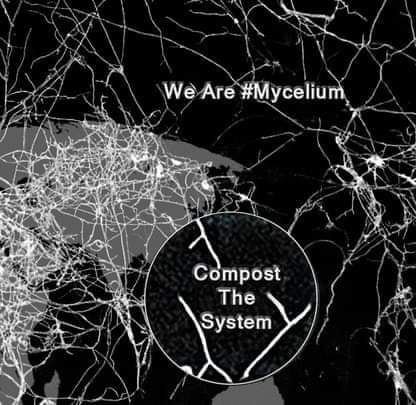There are deep cultural and structural problem in our social world, here I concentrate on the #openweb and tech spaces, which are shaped by deeply entrenched hierarchical thinking (we can call this #feudalism) and the inability to embrace horizontal governance paths. This often manifests as the #geekproblem witch represents a persistent resistance to the solutions necessary for the meaningful change we need, and defaults to patterns that reinforce the status quo (#deathcult worshipping).
Horizontal solutions have proven foundations, community-driven projects like #OGB (Open Governance Body) reflects this grounded understanding of what works. The last five years of work in the decentralized #Fediverse shows that horizontal technology can scale without succumbing to this mess of centralized, hierarchical control.
#Nothingnew is about combining what all ready works. The creative task is now is to integrate these proven social and technical approaches into cohesive systems like the #OMN (Open Media Network): A decentralized framework for building media networks based on trust, transparency, and shared governance. #OGB: A governance model for the #openweb, ensuring horizontal decision-making structures that resist co-option by hierarchical or neoliberal influences. #Indymediaback: Reviving radical, grassroots media projects that embody these principles, amplifying needed voices outside the #mainstreaming.
To get any do any of these project working we need to break through the #blocking cycle, when discussions about radical or progressive changes are met with unspoken #blocking, which has the result of a stagnant cycle of unresolved issues that eroded goodwill. This stagnation is a direct threat to the social commons. To break this cycle, we can use, and, think inside the Fluff/Spiky debate to encourage broad, inclusive paths while not shying away from hard truths and unpopular calls for accountability. Reject #fashernista worship to push back against superficial trends that align with neoliberal and #mainstreaming values, which are ultimately harmful to the #openweb.
There is a language trap here, #liberalism, and by extension #neoliberalism dominate conversations, to start to mediate this we need a constant low level critical examination of this misalignment with the goals of the #openweb. Then we need calling out this uncommutable balancing, uncomfortable but necessary, to recognize and challenge how these frameworks perpetuate the #deathcult. The question remains, will others step up to help make this happen? Are they ready to take on this challenge?



